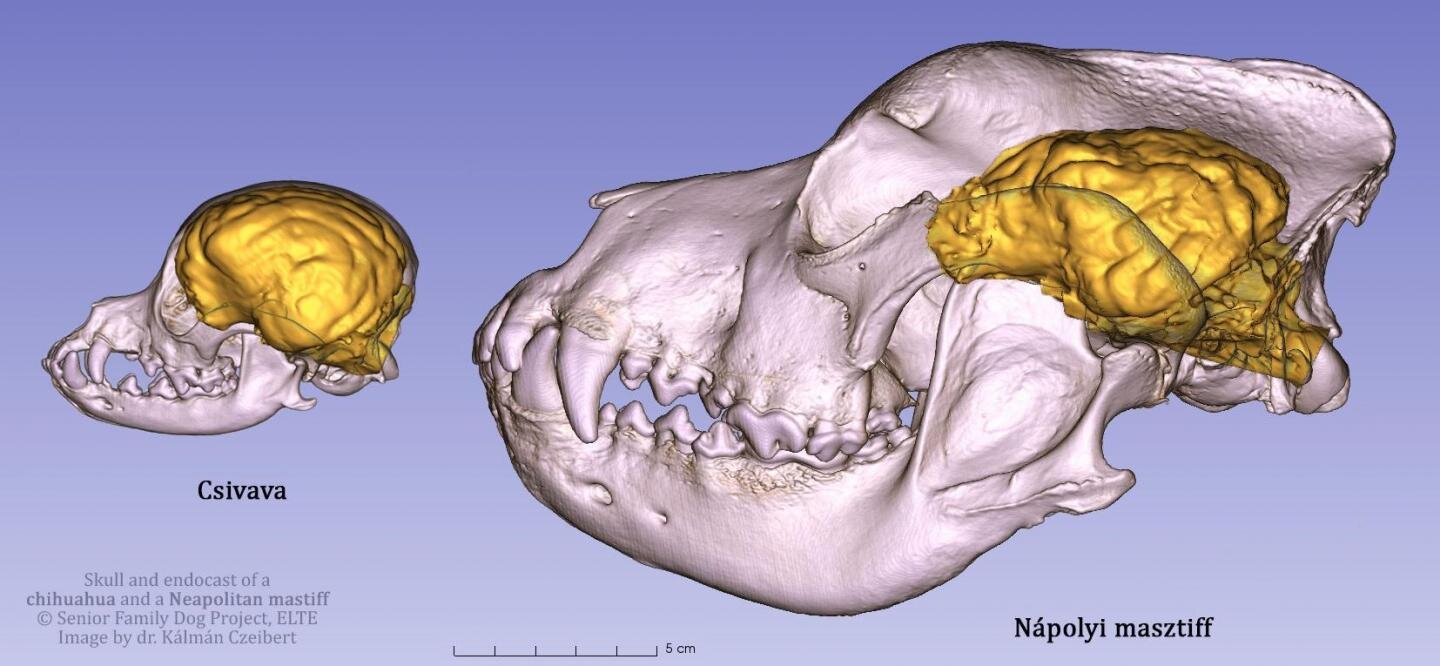
Comparing canine brains using 3-D-endocast modelling
4.7 (109) In stock

4.7 (109) In stock
Based on digital endocranial cast models, the canine brain does not increase proportionally with body size. Researchers at ELTE Eötvös Loránd and Kaposvár University in Hungary reconstructed the surface morphology of 28 canine brains, including various dog breeds, wolves, coyotes, and jackals. The shortening of the facial skeleton greatly influences the ratio of certain brain regions, primarily the olfactory bulb and the frontal lobe. These changes may have profound implications for olfactory and problem-solving abilities.

Homo naledi's brain: Like ours, but smaller
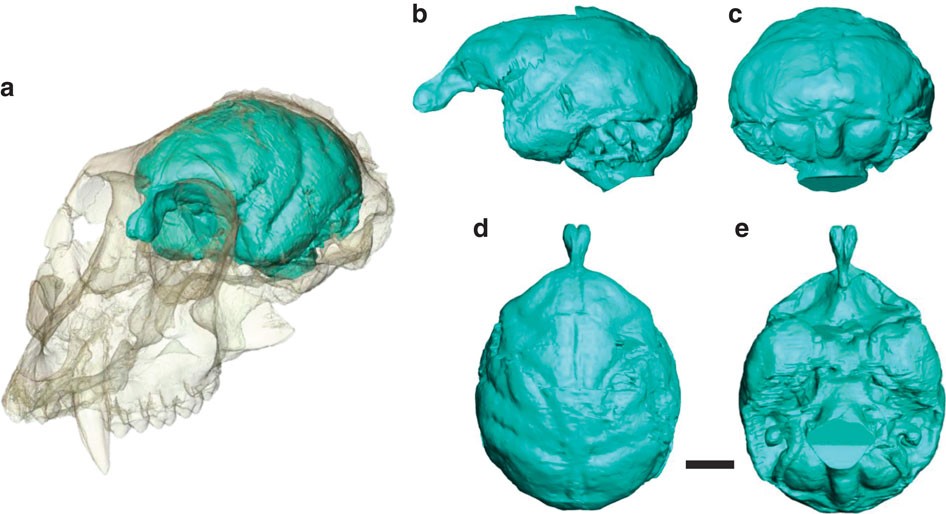
Cerebral complexity preceded enlarged brain size and reduced olfactory bulbs in Old World monkeys

The Endocranial Cavities of Sloths (Xenarthra, Folivora): Insights from the Brain Endocast, Bony Labyrinth, and Cranial Sinuses
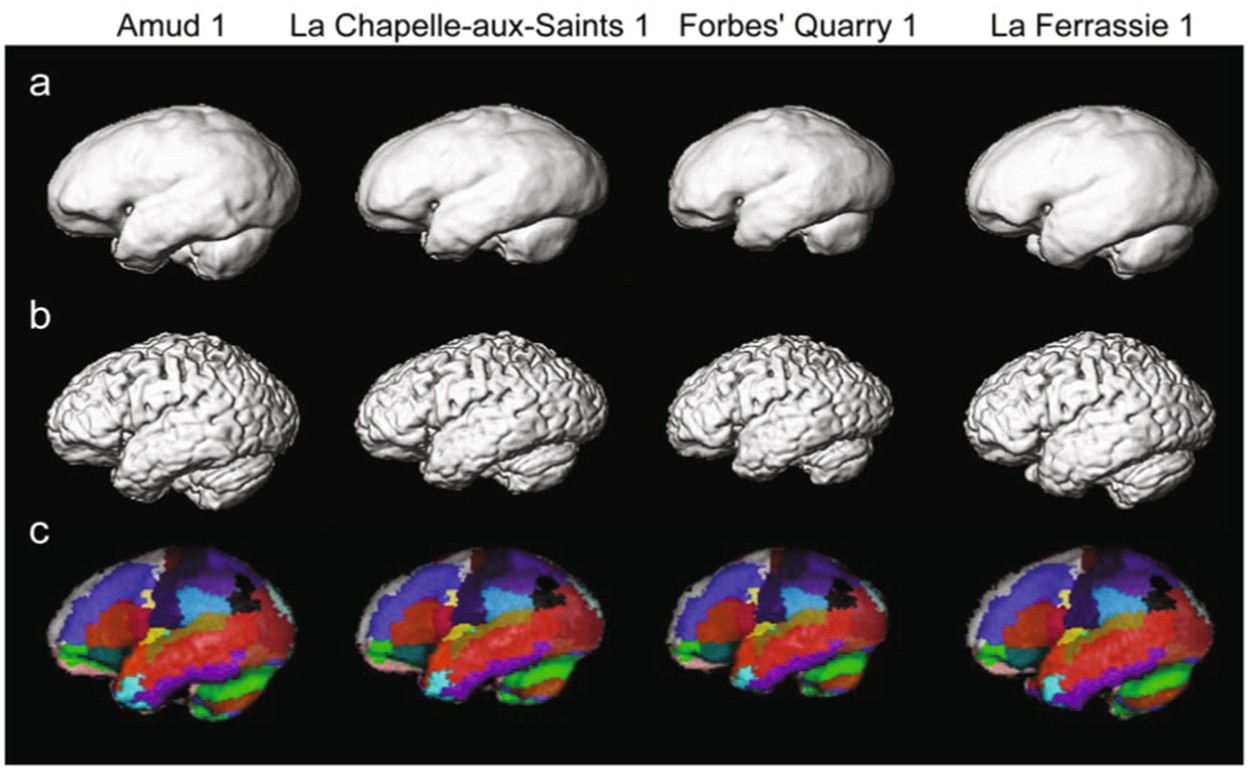
Reconstructing the Neanderthal brain using computational anatomy

What does a dinosaur's brain look like? Scientists recreate the mind of history's biggest meat-eating predator - Study Finds

The Brain Anatomy of the Brown Bear (Carnivora, Ursus arctos L., 1758) Compared to That of Other Carnivorans: A Cross-Sectional Study Using MRI
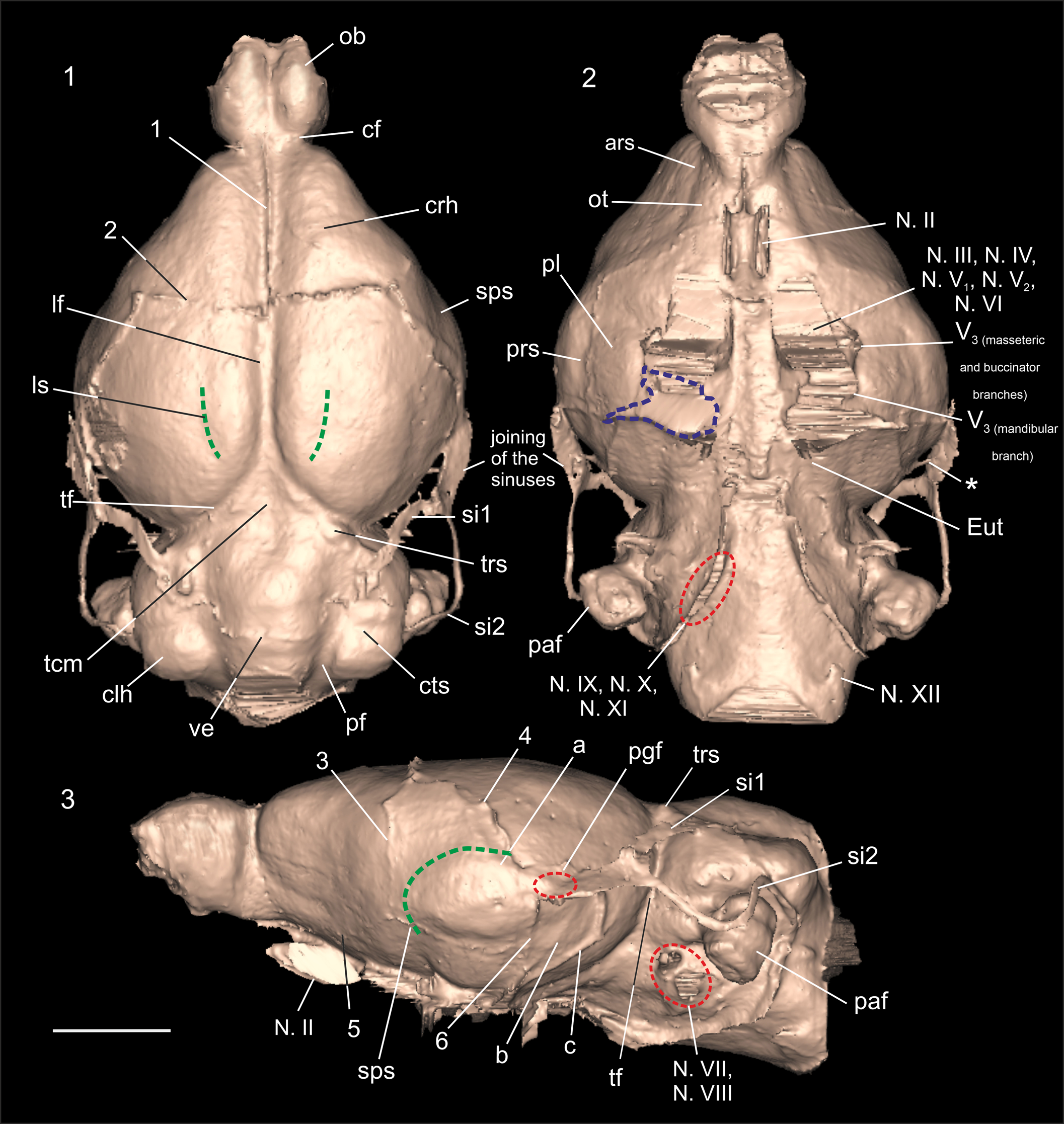
First virtual endocast description of an early Miocene representative of Pan-Octodontoidea (Caviomorpha, Hystricognathi) and considerations on the early encephalic evolution in South American rodents, Journal of Paleontology

PALAEONTOLOGY[online] Article: Patterns in Palaeontology > Patterns In Palaeontology: Digitally Peering Inside Fossil Skulls
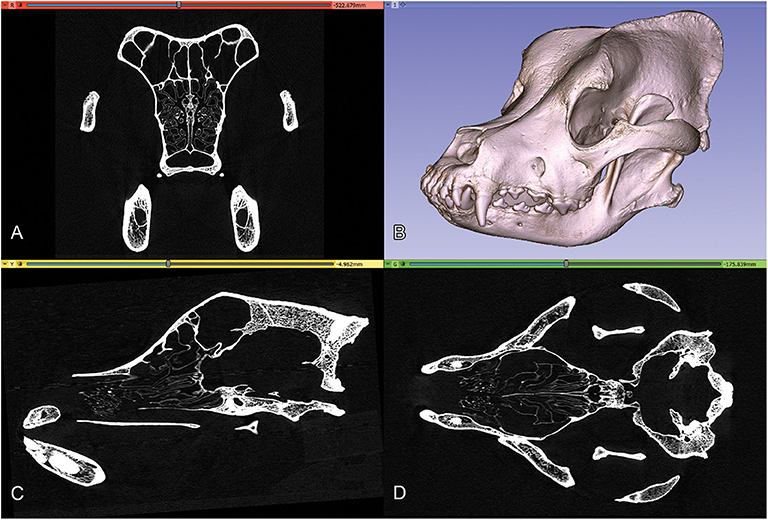
Frontiers Digital Endocasting in Comparative Canine Brain Morphology